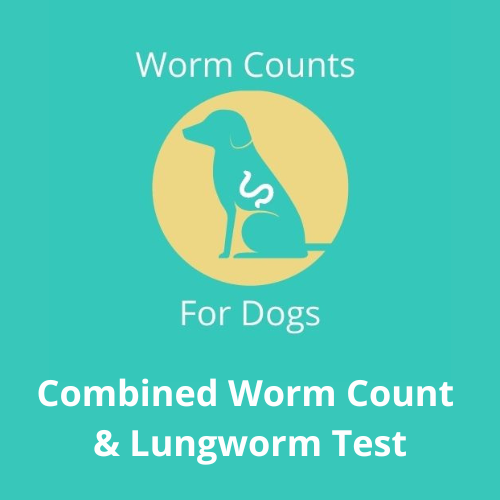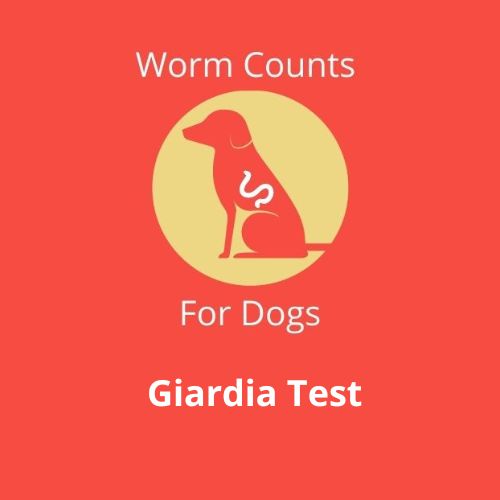Why it's important to do a worm count.
Many pet owners want to know if their dog has worms but don’t want to worm their pet for the sake of it. This is understandable given how toxic spot-on wormers (and flea treatments) can be, and the detrimental effect they can have on pets, and the environment as a result. To add to the downside, parasites such as worms, and fleas, are becoming more resistant to these strong pesticides.
With all that in mind, why would you worm your dog just for the sake of it if you don’t know they have worms in the first place? Well, a lot of pet owners especially those who raw feed, worm naturally, or don’t worm their pets at all, regularly worm count instead. So a dog only needs worming if they test positive. A dog worm count is a simple test that looks for worm eggs in your pet’s intestines. If detected then your dog has worms and needs treating accordingly.
How to do a worm test.
You buy a worm count kit from Worm Counts for Dogs (that’s us) and use it to collect a sample of your dog's poo. Post the sample to the lab and they’ll test it for worms and giardia. There is a separate test for lungworm which tests for larvae, not eggs, and you need a different kit for it. The results are emailed to you. If you get a positive result you can then decide the best course of treatment.
Don’t wait for the external signs your dogs may have worms because the worm burden by then will be significant. However...
Signs your dog may have worms
- Licking at their back end
- Dry fur
- Vomiting
- Lethargy
- Always hungry
- Weight loss
- Belly tender to the touch
- Diarrhoea
You should consider testing for wormsIf you raw feed your dogs.
- If you only want to treat your dog when worms are present.
- If you don’t worm your dog at all.
- To make sure your current wormer is working.
- If you have foxes or hedgehogs in your area (fox lungworm).
- If your dog likes to scavenge or lick grass.
- Or they are known to take a fancy to dead birds and animals.
Which worms are tested for?
There are two types of tests depending on what’s being tested for - a worm count, and a lungworm / heartworm screen.
Why two tests?
The worm egg count kit tests for eggs, whereas the lungworm screen tests for larvae and takes longer.
The worm egg count tests for
- Tapeworm
- Roundworm
- Hookworm
- Whipworm Coccidia
- Giardia (a cyst not a worm)
The lungworm kit tests for
- Canine lungworm (two types)
- Heartworm
- Fox lungworm
- Hedgehog lungworm
Lungworm is particularly nasty, difficult to treat if left undetected, and on the increase in the UK. To cover all your bases we recommend doing the two tests together - worm, and lungworm at the same time. A combination kit saves you £6 into the bargain.
How often should you test for worms?
It’s recommended to test four times a year, every three months. If you routinely worm your dog wait a minimum of 14 days before doing a worm count or lungworm screen to allow for a reliable result.






